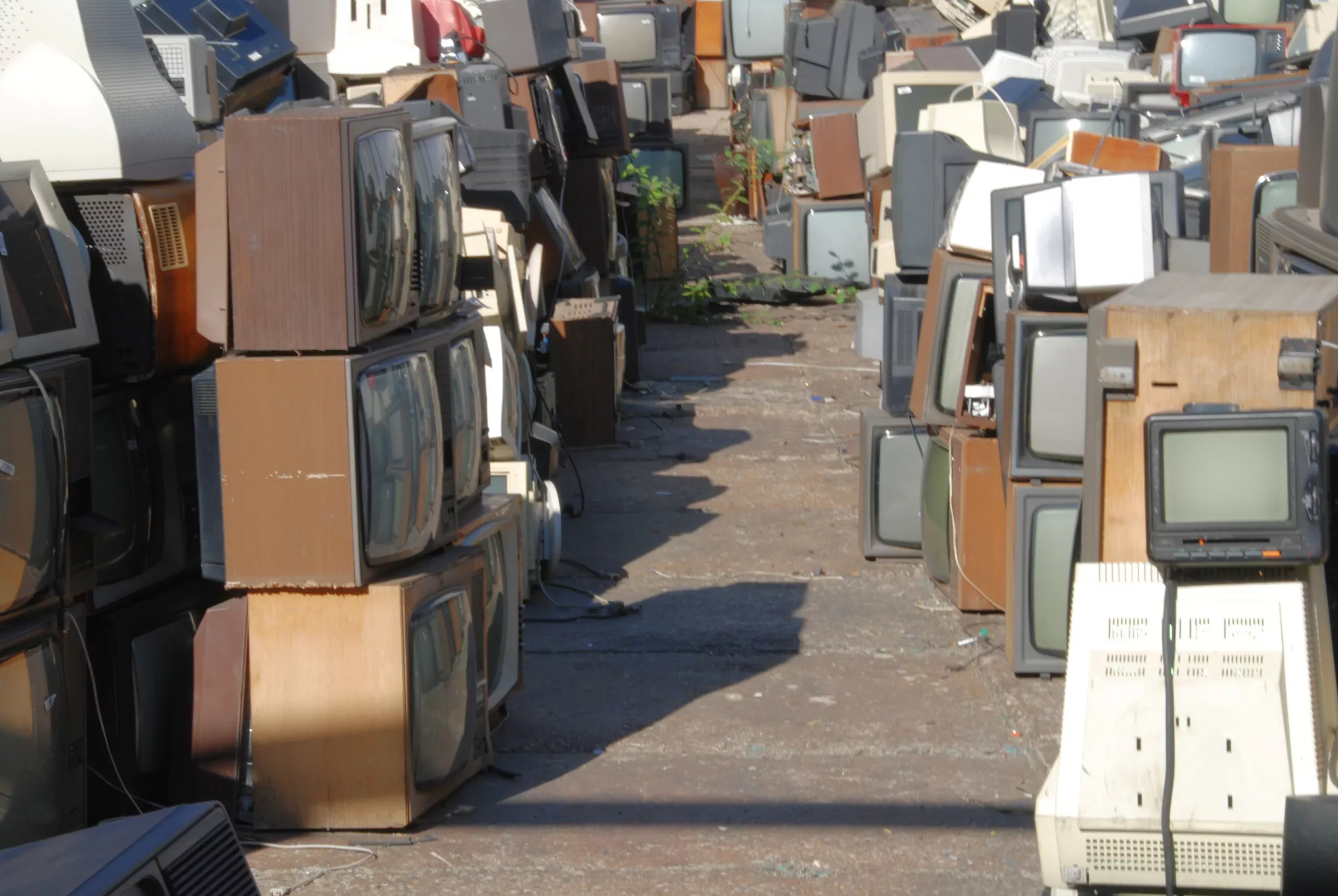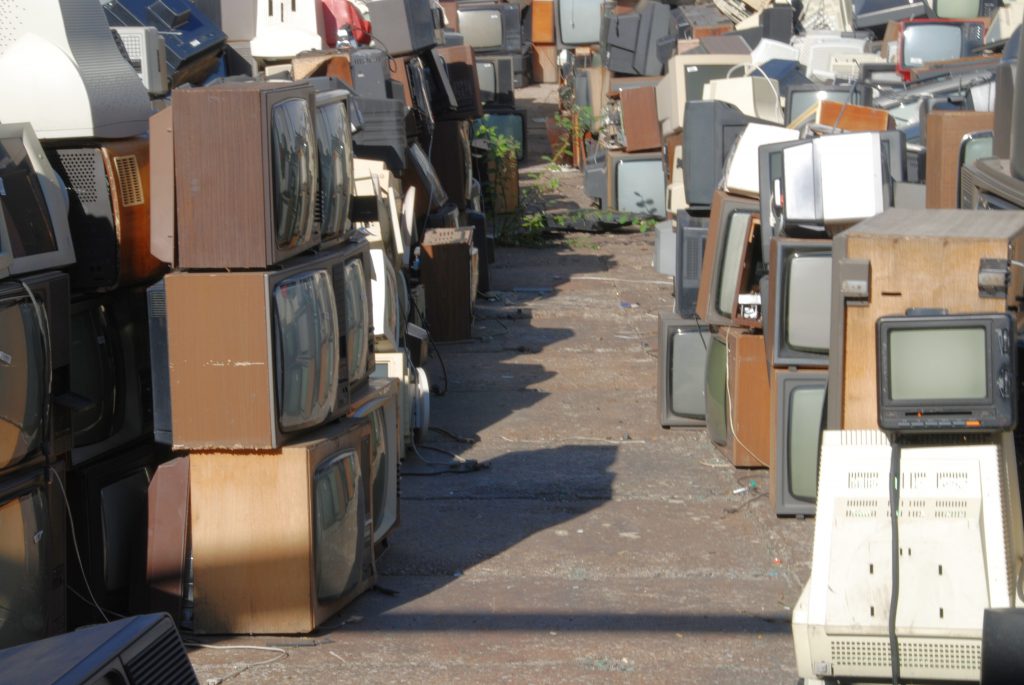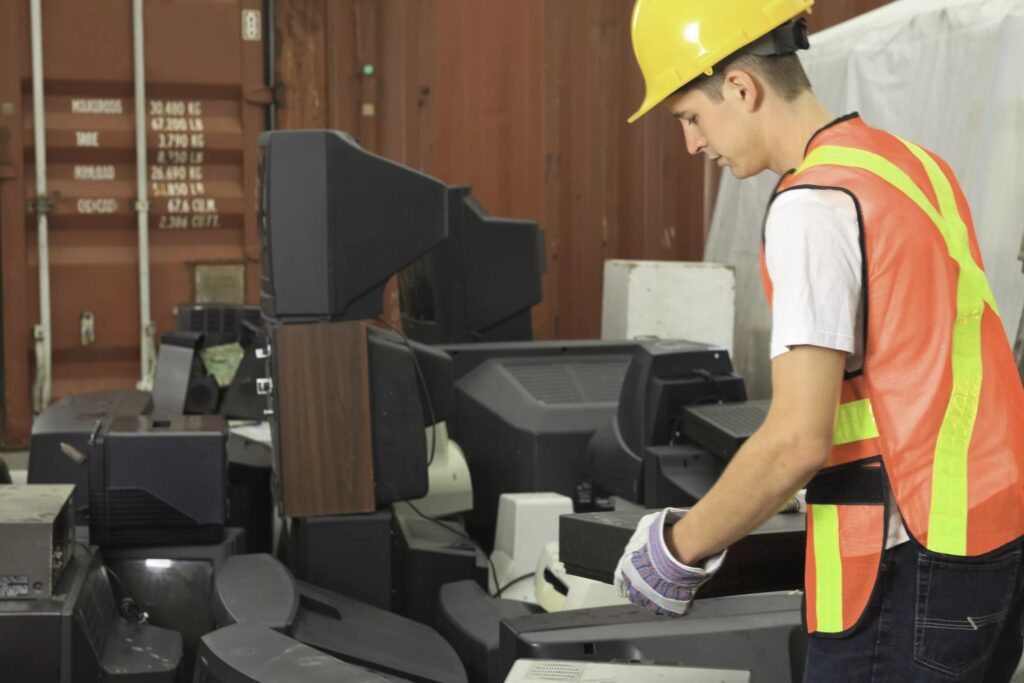
CRT Glass Disposition Emergency Regulations Extended

Written by: Joe Mangiardi, NES, Inc.
 Electronic waste containing CRT glass is rarely recycled; rather, it is disposed of in landfills.
Electronic waste containing CRT glass is rarely recycled; rather, it is disposed of in landfills.
CRT Glass Disposal Regulations Extended
Responding to a dramatic increase in the proportion and overall quantity of cathode ray tube (CRT) electronic waste, coupled with an equally significant decrease in demand for recycled CRT glass, the Department of Toxic Substances Control (DTSC) filed a proposal with the Office of Administrative Law (OAL) on September 2, 2016 to extend and modify expiring emergency regulations governing the disposition of CRTs and CRT glass. This proposal was approved and filed with the Secretary of State on September 12, 2016, itself the second extension of the emergency regulation originally approved in 2012 and re-adopted and filed on September 15, 2014.
 Pictured above is a worker at a recycling facility that receives CRT glass.
Pictured above is a worker at a recycling facility that receives CRT glass.
DTSC Aims to Relieve Excessive Monetary Burden
The aim of the original and updated emergency regulations has been to relieve the economic burden of CRT glass processing costs imposed on recycling companies and citizens due to the lack of alternate disposal options. Previously, end-of-life CRT glass, typically from old televisions and computer monitors, would be processed to render it usable for new CRT products. Now the demand for new CRT products is virtually nonexistent. The treatment technology that recycling firms utilize to process CRT glass—hazardous due to its high lead content—has not had enough time to advance to a level of economic efficiency sufficient to keep pace with the drastic influx of end-of-life CRT materials. This particular case of supply/demand mismatch has resulted in disposal costs that were deemed by DTSC to be so severe as to constitute an exception to its signature environmentally protective modus operandi, necessitating temporary emergency measures pending further technological innovations for CRT glass processing (though some argue this measure stifles the incentive to develop such technology). Permissions granted by the emergency re-adoption allow for the reduction of costly recycling firms’ fees through expanded, class-based landfill options. The regulation extends permission to allow for CRT glass to be disposed of in a Class II or Class III landfill, provided that certain prior measures are taken, such as separating CRT panel glass from CRT funnel glass and removing all phosphor powders from the CRT panel glass.
A Final Message from NES
We all want to enjoy the benefits of new technology—please dispose of your old CRT televisions and computer monitors responsibly! Click here for information from the California Department of Resources Recycling and Recovery (CalRecycle) on electronic waste management.
For information about our Environmental Health & Safety training and consulting capabilities, contact NES at 916-353-2360 / 1.800.NES.ADVISE (1.800.637.2384) or office@nesglobal.net.
References:
